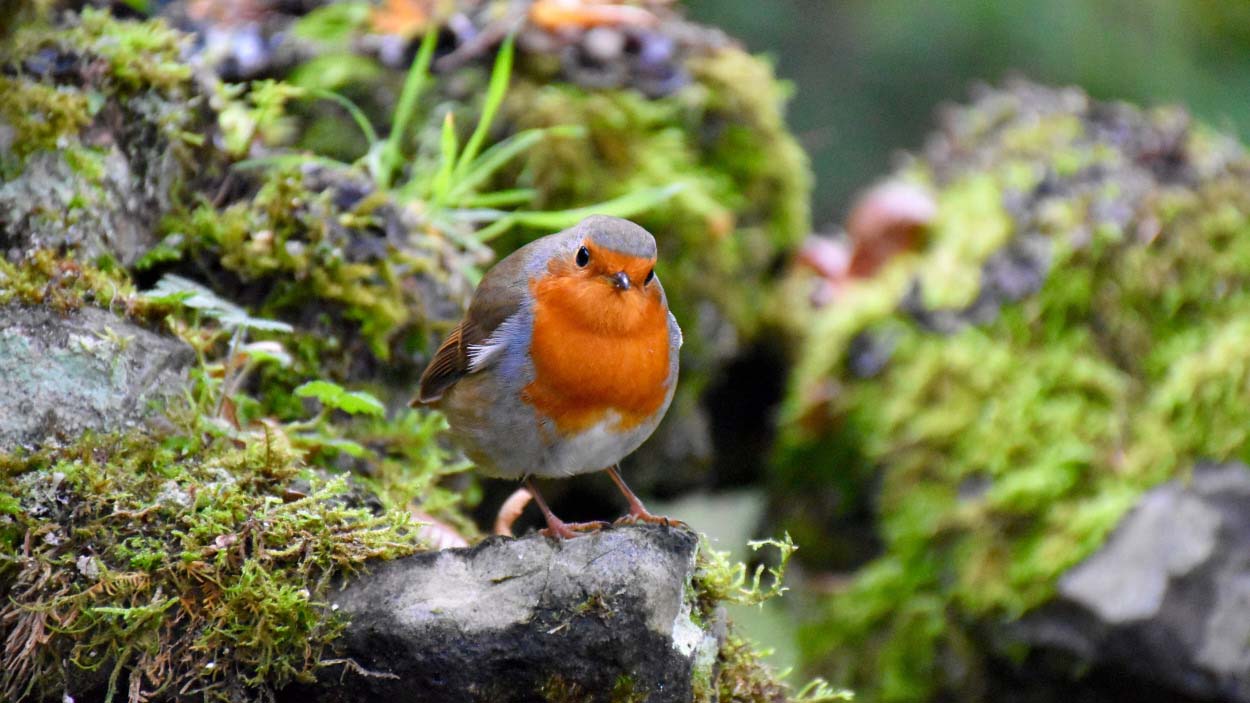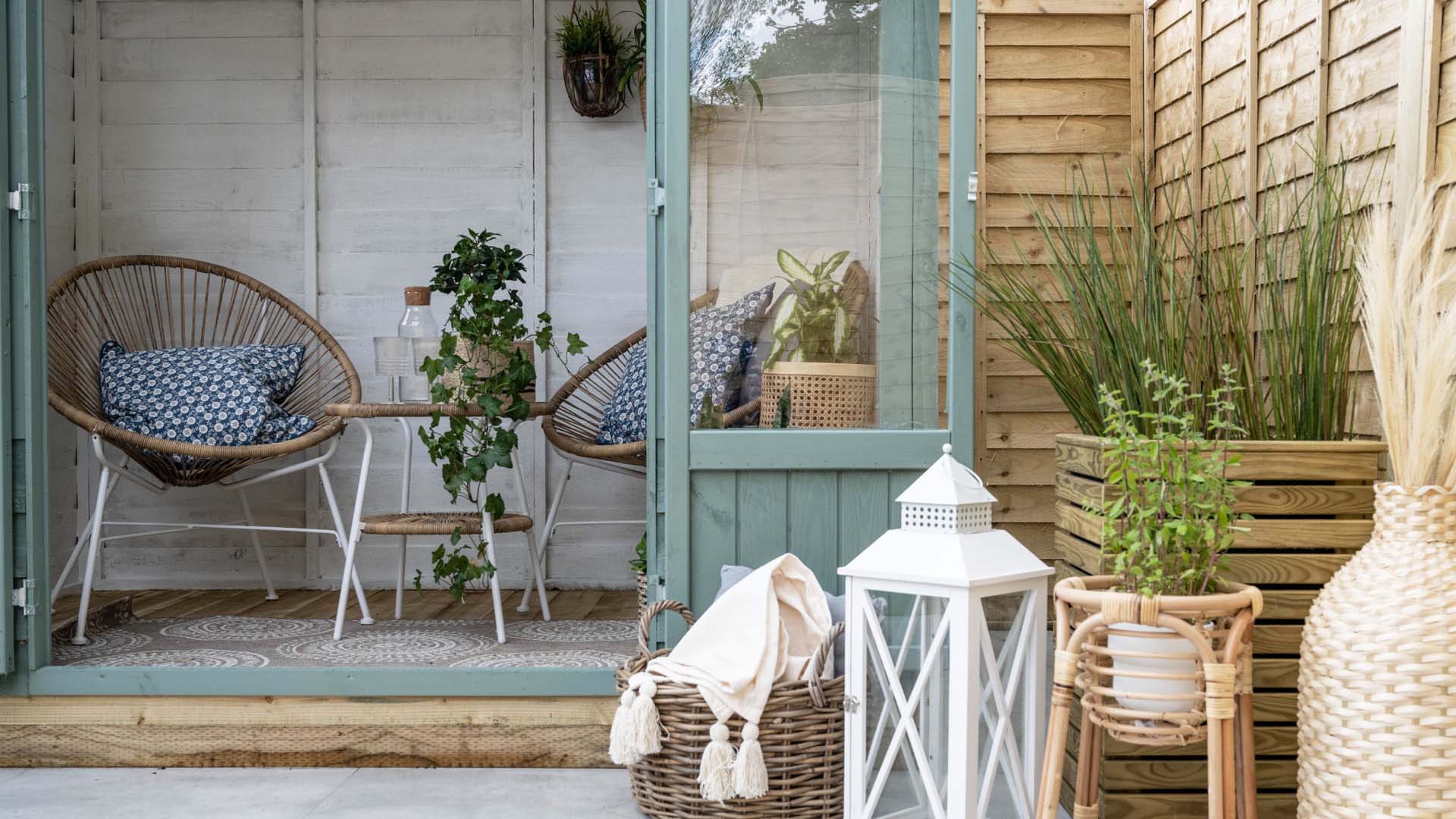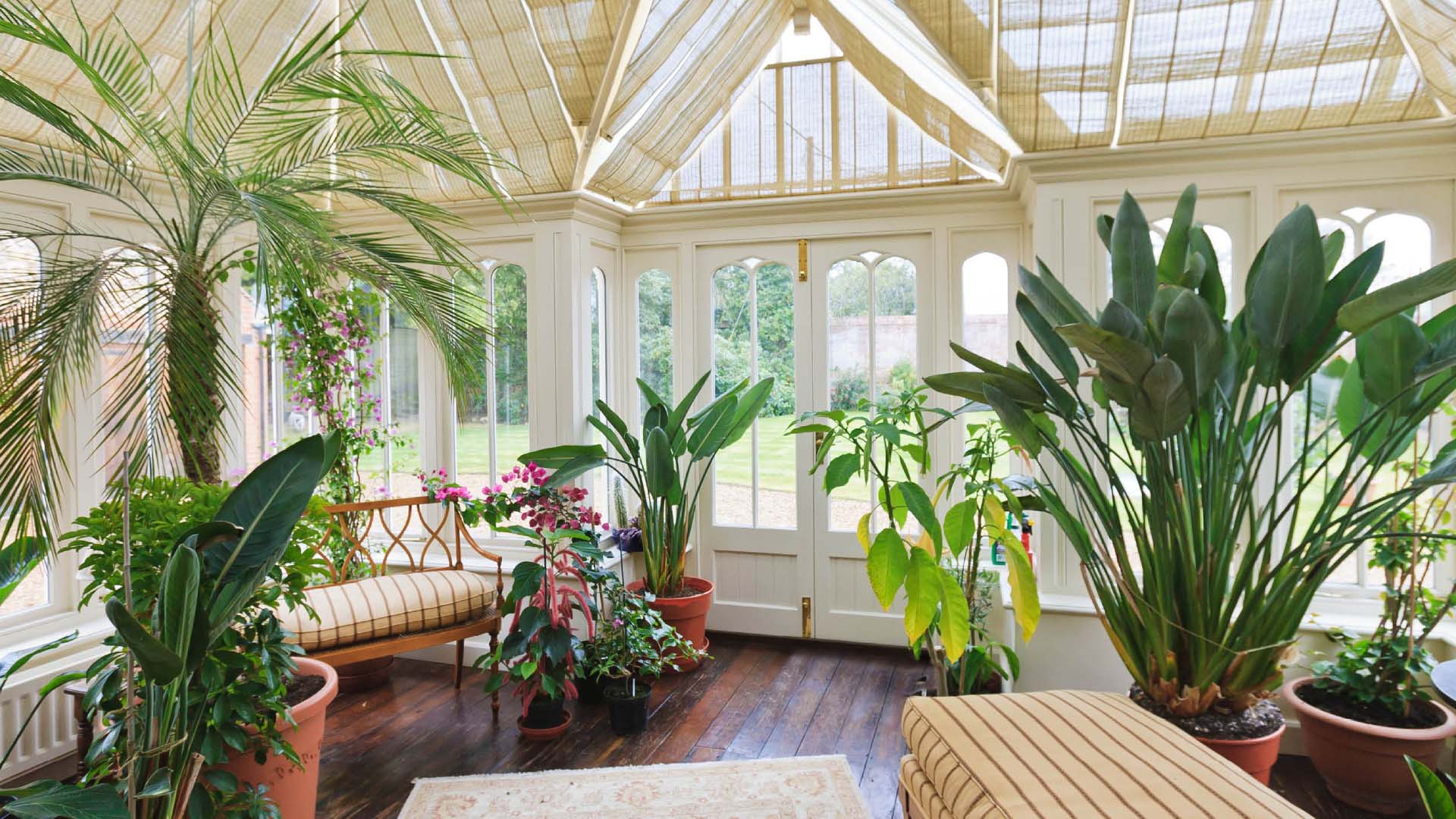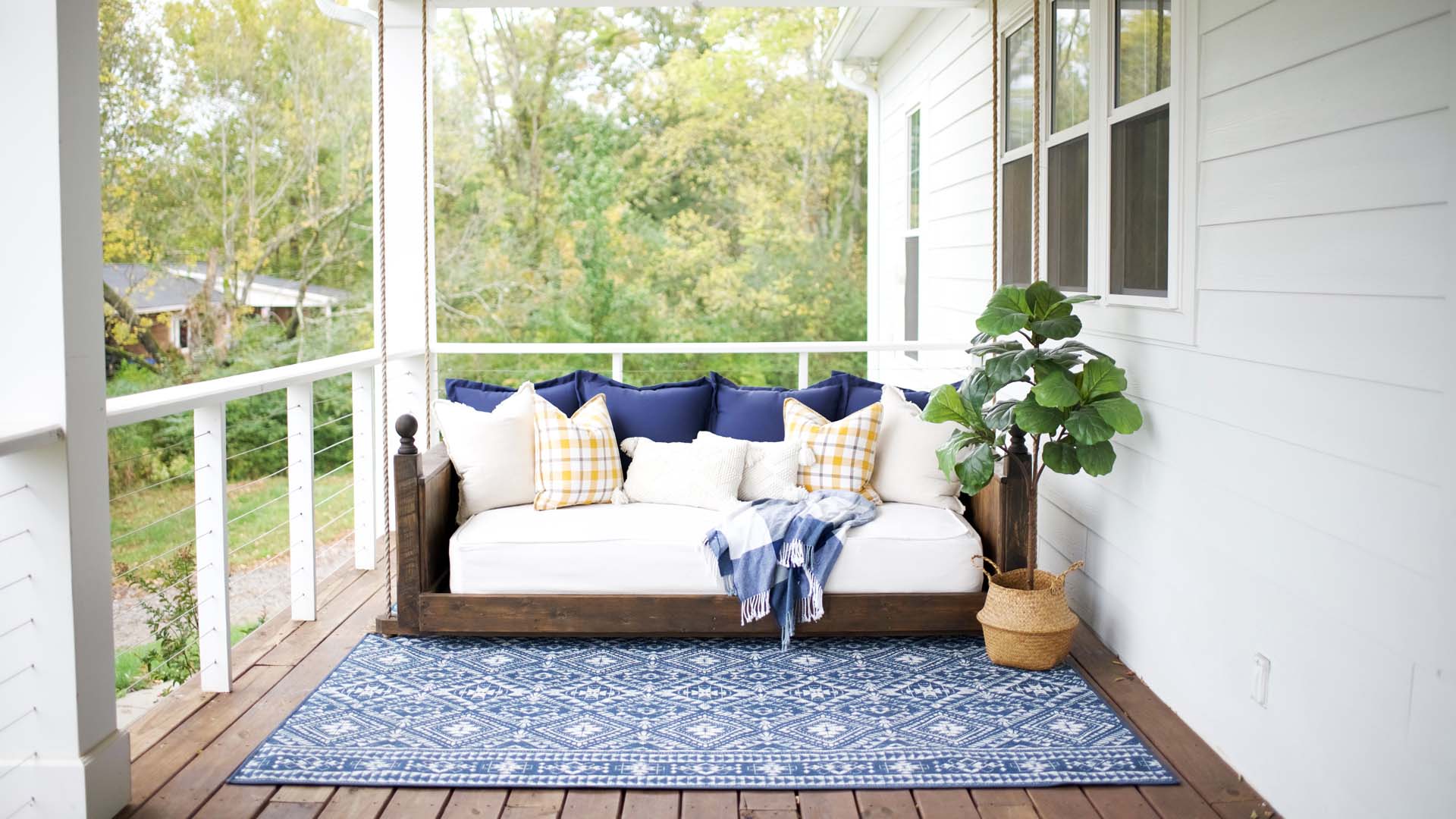
Ornamental grasses are the perfect way to add structure and beauty to your garden in winter. But with so many out there, which is best?
Miscanthus sinensis is the grass you’re after.
This will provide you with airy, plumed seed heads that endure from August until late January or longer. The plumes emerge in late summer or early autumn before fading to a silver-grey. The heads provide a translucent veil in winter sunlight as they disintegrate slowly.
The slightest breeze will add an extra dimension to the winter garden, as well as movement, so it’s important to position all miscanthus where they catch the light. Don’t tuck them away in deep shade.
M. sinensis has been grown in British gardens for more than a hundred years and the famous wild gardener William Robinson (1838-1935) grew it as Eulalia japonica, or the Chinese silver grass. Most of the 17 species come from Eastern Asia.
Gertrude Jekyll planted the horizontally banded 'Zebrinus', or Zebra Grass, to cast light and shade at Munstead Wood.
The range expanded dramatically when the German plant breeder Ernst Pagels persuaded one of his 'Gracillimus' plants to set seed under glass in the 1950s. His first batch of seedlings showed great variability and now there are plum-plumed varieties like 'Ferner Osten' as well as silver-plumed ones like 'Silberfeder'. Heights vary greatly and there are variegated forms.

Miscanthus flowering times vary by as much as five weeks, depending where in Britain you live. RHS Wisley in Surrey (for instance) will sometimes have miscanthus in flower by July and Lady Farm Gardens in Somerset (a renowned NGS garden) will also have lots in flower by then.
However, in the heart of England, the earliest to flower is always 'Silberfeder' and even then it is always in the second half of August.
Those in even colder places, in Eastern Yorkshire for instance, may have to wait until September. For this reason the one miscanthus I always grow is 'Silberfeder' because it is reliably earlier than most.

Wherever you live in Britain, miscanthus like good soil and summer rain - they get an abundance of the latter in Eastern Asia, which has a warm rainy season.
Newly-bought plants take at least three years to clump up to a decent size and many nurseries specialising in grasses recommend planting in threes and fives or "by the square metre" as Neil Lucas of Knoll Plants always advises.
Miscanthus are very hardy so they could be planted in the autumn, however late spring is the best time.
All varieties of M. sinensis form tight clumps and, although some varieties make large clumps, they all stay where you plant them. Do not be tempted to plant the evergreen Miscanthus transmorrisonensis, it will ramp through huge areas in all directions especially in hot, dry sites.
There are 120 named varieties of M. sinensis currently available in Britain and more are being released yearly. Here is a selection of the best and most distinctive.

There are red-plumed forms and silver-plumed forms but bear in mind that both will fade to silver within four weeks. Redder-flowered forms seem to need a warmer position to flower well.
Dismissed by many nurserymen as it’s one of the oldest varieties, but this majestic miscanthus flowers reliably every year in August even in cold districts. Substantial silver plumes overwinter well (6 -7 ft/2m).
Technically the drooping flowers open silver-pink but soon fade to silver - literally small fountain. (4 ft/ 120 cm).
The wide-open brownish flowers of this miscanthus are held almost in the foliage so this grass has a unique habit - being quite squat (3 - 4 ft /120 cm).

Piet Oudolf popularised Pagel’s grasses and developed an influential style called naturalistic planting. He combines swathes of grasses with late-season perennials. The following will match the height of most miscanthus.

A clump-forming non-invasive yellow daisy with drooping yellow petals framing a dark middle.

This darkly beaded grass looks has small black beads and these shine in autumn light,

From Marchant Hardy Plants, this mulberry-red sanguisorba flowers in autumn - producing dark bobbles.

Dark, almost black leaves and stems and large lavender-blue flowers in September.

A North-American aster lookalike with tight heads of purple flowers - also in September.

A dark-centred lemon daisy and one of the few that will stay in a tight clump.

A red monarda with attitude. The stiff stems provide a good seed head and this plant is robust enough not to disappear in wet winters and strong enough to compete with tall grasses.
Val Bourne is a gardening expert and journalist who writes for The Daily Telegraph, Saga Magazine and many others. Val has been awarded the Garden Media Journalist of the Year and Columnist of the Year.
She is also the author of many books, including The Living Jigsaw, The Ten-Minute Gardener. Val also judges the perennial and dahlia trials at RHS Wisley.

Try these clever ways with rocks, pebbles and boulders to transform your terrain.

Discover how to make a small garden look bigger with our useful guide that’s crammed with easy tricks, from your choice of floor to the clever use of plants and accessories.

From edibles to low maintenance there's a plant that's right for everyone

Regardless of the weather outside, your conservatory can be home to a variety of indoor plants.

